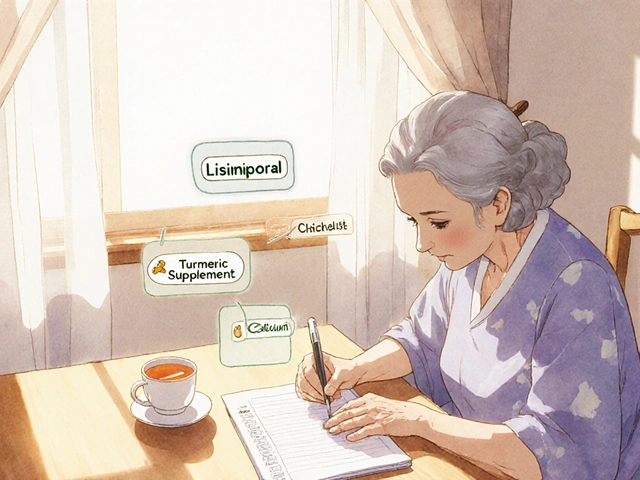Dosage Guide – Find the Right Amount for Your Medications
Getting the dose right can mean the difference between relief and risk. Whether you’re reaching for an over‑the‑counter pain reliever or a prescription like Warfarin, the same basic rules apply: know the strength, follow the schedule, and double‑check with a professional.
Why Getting the Dose Right Matters
Even a small slip can cause big problems. Take loperamide (Imodium) – the right dose stops diarrhea, but an overdose can lead to heart rhythm issues. A quick look at the label shows the maximum daily amount; most adults should never exceed 8 mg without doctor approval.
Prescription drugs have even tighter windows. Warfarin, for example, balances blood clot prevention with bleeding risk. A few milligrams too high and you could bleed internally; a few milligrams too low and clots form. That’s why regular blood tests and pharmacy checks are non‑negotiable.
On the flip side, under‑dosing leaves the condition untreated. Vitamin B6 (pyridoxine) for arthritis needs at least 50 mg per day to see any effect. Anything less will likely feel like you’re doing nothing at all.
Practical Tips to Nail Your Dosage
Read the label, then read it again. The strength (mg per tablet) and frequency (once daily, twice daily) are printed in bold. If you’re switching brands, compare the milligram content – 10 mg of one brand isn’t the same as 5 mg of another.
Use the right tool. A kitchen spoon looks handy but can be off by 20 %. Use the measuring device that came with the medication or a calibrated syringe for liquids.
Set reminders. Modern phones let you schedule doses. A missed dose of Montelukast for asthma can trigger an attack, so an alarm helps keep the routine steady.
Ask about drug interactions. Some meds, like Skelaxin (Metaxalone), can make other drugs stronger or weaker. Your pharmacist can point out red flags before you combine anything.
Check your health status. Kidney or liver problems change how your body processes drugs. Dosage for an adult with normal function might need cutting in half for someone with chronic kidney disease.
Finally, keep a simple log. Jot down the drug name, dose, time, and any side effects. Over weeks you’ll spot patterns – maybe you feel drowsy after a certain dose of a sleep aid, or your blood pressure spikes after a new antihypertensive.
Remember, the dosage tag isn’t just a label; it’s a safety net. Use it, respect it, and always back it up with a quick chat with your doctor or pharmacist. Your health will thank you.

Slim Trim Active Review: Benefits, Ingredients & How to Use
- By : Archer Hamilton
- Date : Sep 21 2025
Discover what Slim Trim Active really is, its key ingredients, potential benefits, side effects, and the best way to use it for weight‑loss goals.





